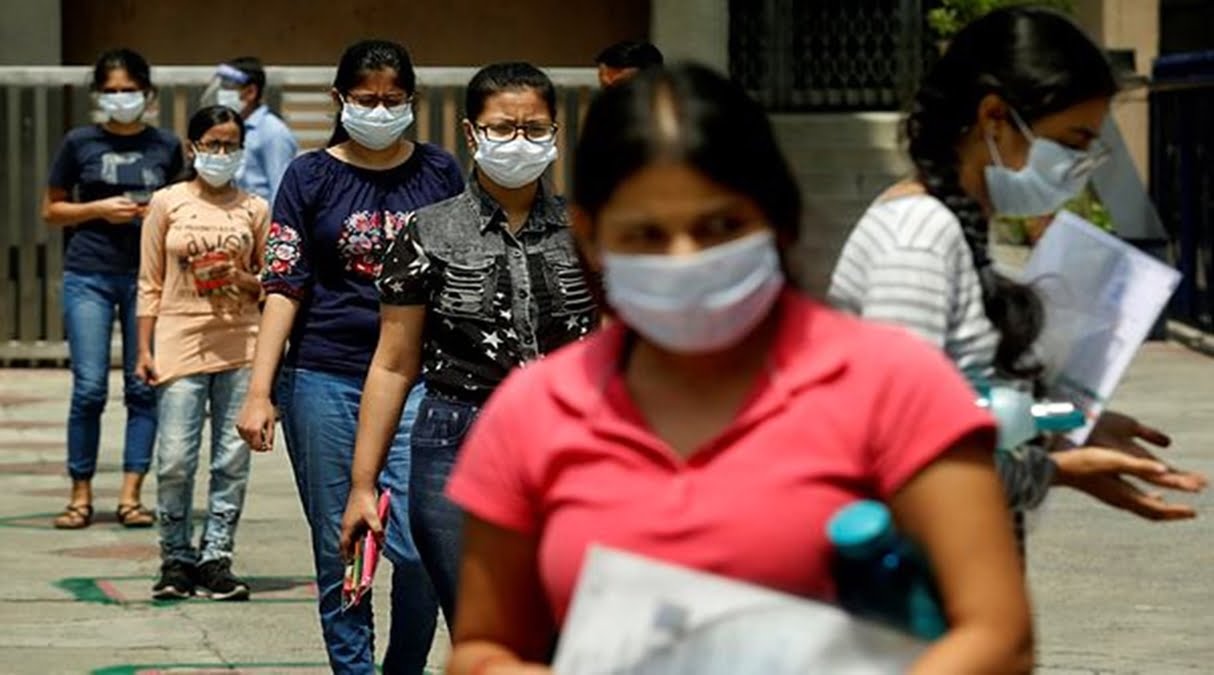Not sure about educating and organising, but the National Law School of India University, Bangalore is definitely agitating thousands of young students by its decision to hold a separate entrance examination for its 2020 intake.
Reportedly, the National Law Aptitude Test (NLAT) claimed an attendance of 94 percent aspirants. But at the same time, several students went on record complaining how they were unable to give the exam due to technical glitches and the general lack of cooperation from the authorities. The controversy around NLAT peaked when the re-test paper was leaked on September 14 onto social media platforms even as the re-test was underway.
Also read: Merit In The Time Of Nationalism: Why University Protests Matter
In the midst of what seems to be a never-ending global pandemic, Indian premier educational institutions’ decision to hold their own rat race is appalling. As millions of people stay put in anticipation for a safer if not COVID-free tomorrow, IITs, NLUs and the other educational citadels of India forced students from across the nation to jeopardise their lives, travel to cities in order to even have a chance at these online entrance examinations and competitions. In the moral and legal conundrum to even have or not have examinations amidst COVID-19, NLSIU’s impulsive and recent decision to pull out of CLAT to hold its own entrance test, NLAT 2020, is definitely the final nail in the coffin that contains the future, dreams and aspirations of thousands of students who have ever wished to study at NLSIU, Bangalore.
Ever since 2008, admission to the prestigious National Law Universities (including NLSIU) has been through the pathway of Common Law Admission Test (CLAT). While CLAT has been no stranger to controversies and legal battles itself, this year has been particularly unprecedented. From the change in the pattern of the examination to now being cut off from offering admissions at NLSIU, CLAT seems to be the eye of the storm.
Since the Honorable Supreme Court had already weighed educational institution’s interests over millions of students’ lives by the way of their order allowing NTA to conduct JEE and NEET as scheduled, one could not really argue for the postponement, let alone adjournment of NLAT 2020.
In a move that would arguably save NLSIU, Bangalore from having a zero-academic year, it had decided to separate from CLAT and conduct its own test, NLAT, on September 12, 2020 for its 120 seats intake. Since the Honorable Supreme Court had already weighed educational institution’s interests over millions of students’ lives by the way of their order allowing NTA to conduct JEE and NEET as scheduled, one could not really argue for the postponement, let alone adjournment of NLAT 2020.
What made this situation even more precarious was the short-time frame that NLAT provided. By releasing the information late at night September 3, 2020 with a window is merely of nine days, NLAT posed severe social challenges and raised serious legal contentions.
In addition to the common eligibility requirements and criterion, NLAT demanded that applicants have access to Internet connectivity with 1Mbps bandwidth and an electronic device with Window 7 or above operating systems. The examination, either as CLAT or NLAT, has always catered to a certain section of society whether it is by charging a hefty fee of 3500 or just by its mere pattern. Presuming accessibility to internet in a nation that has a huge digital divide in terms of accessibility and speed made NLAT hollow in its approach.
Especially in times when 11 of the 29 states in India are flooded and getting access to most basic things such as food and shelter is a challenge, mandating students to have impeccable internet connectivity was nothing but an extremely privileged and insensitive ask, even for an elite examination such as (C)NLAT. The burden of NLS’s step to hold NLAT would have been unequivocally borne by the aspirants from Bahujan, Adivasi and other marginalised communities.

Also read: What Do The Suicides of Female NEET Aspirants Tell Us About Education System
Being at the intersection of their socio-economic circumstances and this incurable pandemic, Dalits, Bahujan and aspirants with disabilities would have been left bare and unguarded by the sudden shock that is NLAT. Many aspirants, if not all, must have hailed from tier-2/3 cities, towns and even villages. In order for such students to even sit for this exam and have a shot at getting in NLSIU, they would have had to conform to the technical guidelines released by the administration.
Being at the intersection of their socio-economic circumstances and this incurable pandemic, Dalits, Bahujan and aspirants with disabilities would have been left bare and unguarded by the sudden shock that is NLAT. Many aspirants, even if not all, must have hailed from tier-2/3 cities, towns and even villages.
These mandatory guidelines and rules are drafted in isolation and ignorant to the social inequities of the Indian population. While it is evident that law as a profession has always been put on a pedestal, this move would have surely made it reclaim its exclusive status, populated by and accessible to mostly people from upper-castes/classes.
Featured Image Source: Indian Express




